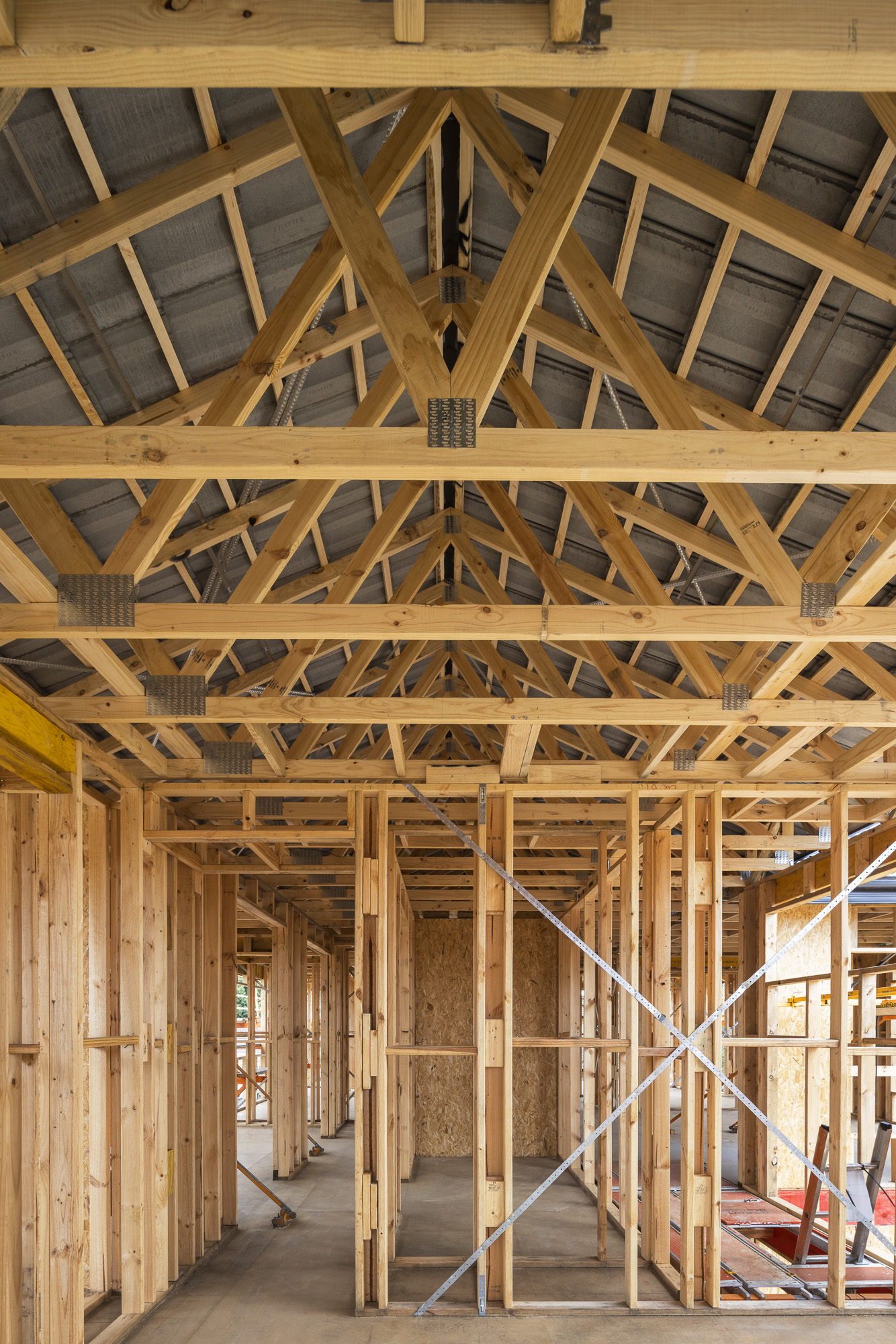Many of the things we buy are classified with star ratings, from fridges to even our most expensive investments – like our homes. A home’s energy star rating is judged using tools like The Nationwide House Energy Rating Scheme (NatHERS) alongside the mandatory energy efficiency requirements set out in the National Construction Code (NCC).
NatHERs uses software based on scientific research by the CSIRO. It analyses house plans to identify how much energy will be needed for heating and cooling to determine a home’s energy star rating. The more stars a home has, the more can potentially be saved on energy bills, the higher the home’s potential resale value, and of course by reducing energy needs there is a benefit to the environment.

Builders use NatHERs to show new homes or renovations meet minimum energy requirements. In 2022 the NCC updated requirements and now requires all new home building shells must have a minimum energy efficiency of 7-stars. The NCC establishes the minimum technical requirements for designing and constructing buildings in Australia. This framework ensures consistency and safety across various aspects of building and plumbing standards nationwide.
Advantages of 7-star energy star rating for homes
The NCC raised the minimum level of thermal performance for new Australian homes from 6 stars to 7 stars under the Nationwide House Energy Rating Scheme (NatHERS).
With approximately 42% of Australian residential energy use from heating and cooling homes, this is one of the biggest changes we’ve seen to energy efficiency requirements in over a decade. In timber framed homes actual energy performance is often higher than when using other materials.
These updates have significant benefits for the environment and homeowners.

Less emissions
The Climate Council modelled a 7-star all-electric home and reported a 25% reduction in emissions in the previous 6-star rated standard home.
Lower energy bills
Using less energy also means lower energy bills for homeowners and renters. 7-star rated homes can potentially save an average of $450 per year on energy bills too.

More comfort
Homes that are built for better thermal performance are better built for the climate, which means they’re simply more comfortable to live in. A well-designed building envelope with thoughtful insulation, ventilation, and material selection provides more consistent indoor temperatures for residents year-round.

Thermal bridging: the advantages of timber framing
A specific requirement to address thermal bridging in metal-framed roofs, walls and floors has also been added to the NCC.
Thermal bridges give heat an easy pathway to escape, reducing the effectiveness of insulation and a building’s energy rating. Thermal bridges can account for heat loss of 20- 30% in a building..
While thermal bridging occurs in both timber and steel frames, timber framing conducts heat at a much lower rate with tiny air pockets that add resistance to heat flow throughout a home. This makes timber framing a better choice when it comes to energy efficiency.
Thermal bridging is not currently included in the NatHERS star rating assessment. However, the NCC’s new regulations aim to bring the thermal performance of steel frames to align with timber framing Steel framed homes are required to have more thermal breaks and insulation to reduce thermal bridging or offset the negative effects by improving other aspects of the building’s thermal performance.
A report from Forest & Wood Products Australia (FWPA) both found that when assessing building materials for thermal bridging, timber framing conducts heat at a much lower rate, and that steel frames required greater insulation to perform on par.

What do 7-stars mean for timber framing?
Australia has set goals and is working to building a more sustainable built environment industry. By making simple adjustments to design and even choosing timber framing to avoid thermal bridging penalties, we can address these design problems with a material that can be replanted and renewed into the future.
